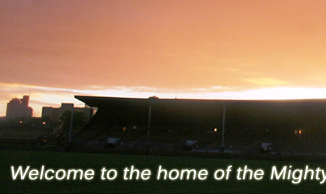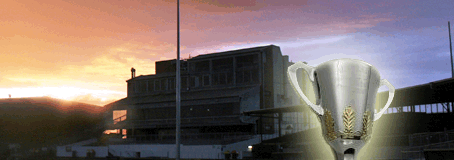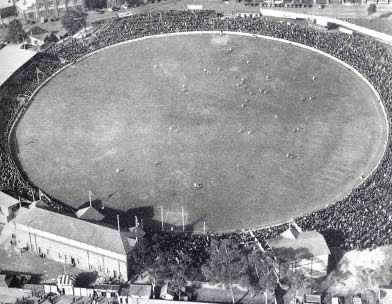

 |
||||||||||||||||||||||||||||||||||||||||||
|
|
||||||||||||||||||||||||||||||||||||||||||
|
The Collingwood Football Club was the first Australian Football Club to become registered as a Licensed Club. This unique distiction was attained only after a hard-fought legal battle in 1939 and early 1940. When World War II broke out in 1939, the Club's legal advisor, John Galbally, a former player, advised the Club that there might be an opportunity of getting a licence. The German Club (The Tivoli), it was obvious, would have its licence cancelled. This would mean that there would be a vacancy for a licence. Collingwood, first of all, asked the Chief Commissioner of Police to take action against the German Club. This request was refused. The Collingwood Club then requested the City of Collingwood to oppose the renewel of the licence of the club, which was operating in the Collingwood municiple district. After a strenuous hearing, the German Club lost its licence. Collingwood's application had already been lodged and the Licensing Court was invited to hear its application.
To many the scheme seemed hair-brained at first, but when the German Club lost its licence and it became apparent that some club must be permitted to fill the vacancy, all the clubs that had been seeking a licence for years came into the field, but Collingwood fought them all and was eventually successful. The legal contest was a very long and arduous one. The appeal against the decision of the Licensing Court fell through. One of the interesting features of the case was that under as Act passed in 1917 there could not be any more than 122 registered clubs. The demise of the German Club had created the only vacancy since 1917. The Act was amended in 1954. Already recognised as one of the leading Clubs in Australian Football, the effect of registration was watched with interest and envy by Football Clubs in Victoria and other States. The Club certainly confounded the many critics who outspokenly stated their opinions that football and liquor could not be controlled by one committee. Collingwood's lead was followed in Western Australia, Canberra and Port Adelaide. Whilst in Victoria the Hawthron and Geelong Clubs all gained registration shortly after the 1954 expansion of the licence system. |
|
|
|
|
| Site Map |



